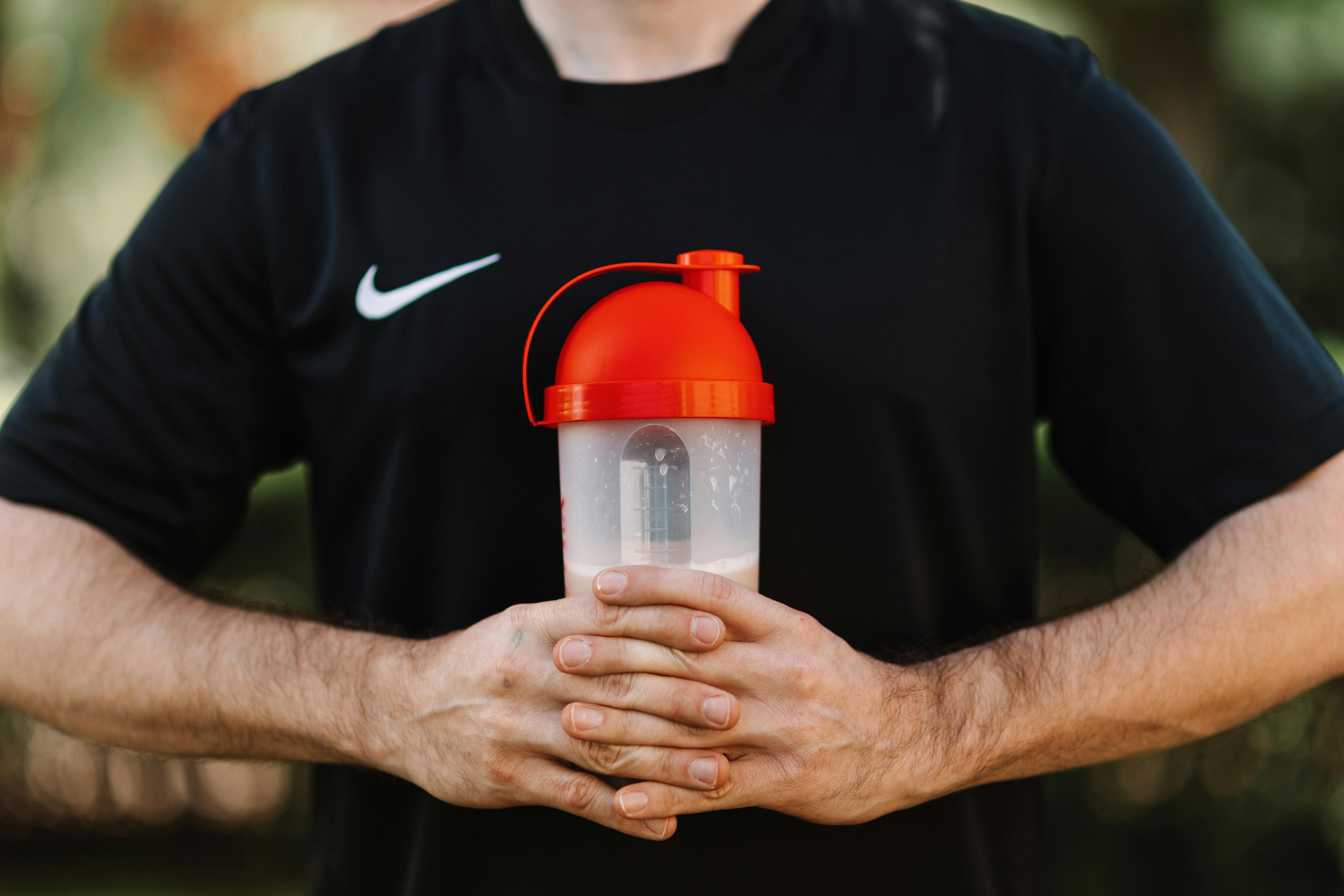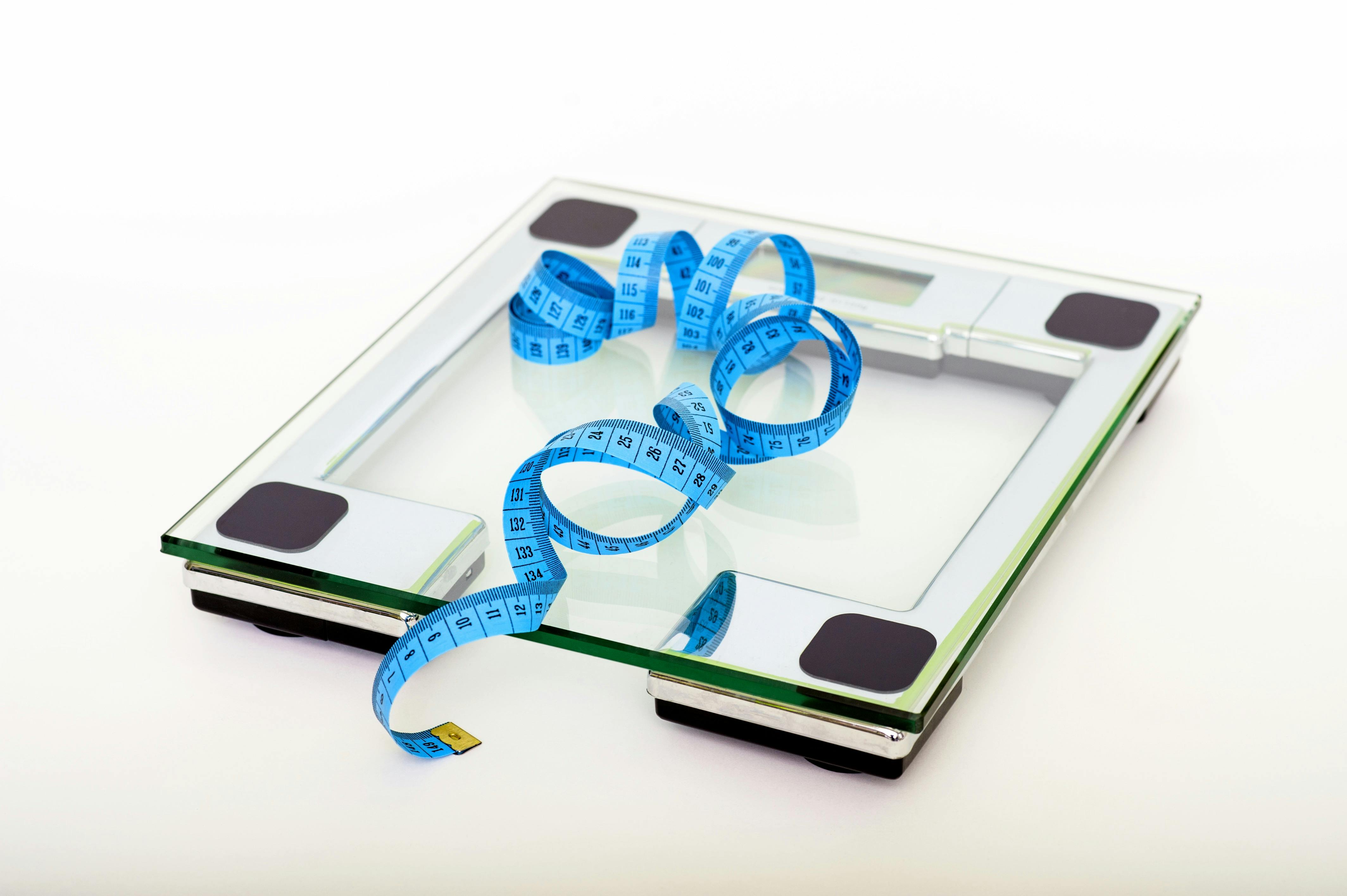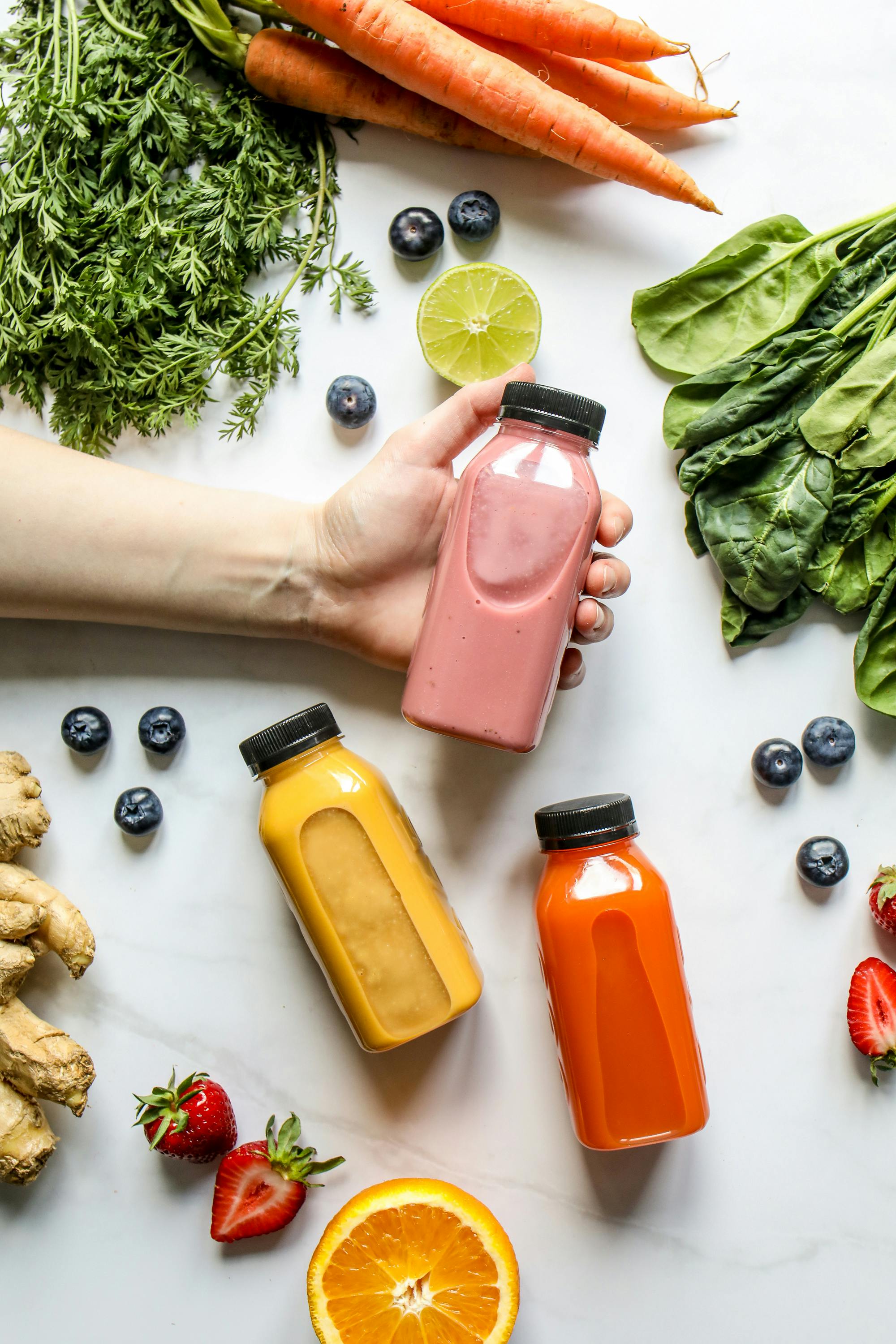As my very first article, I’m tackling a subject that affects us all on a daily basis, and to which we probably don’t pay enough attention. At a time when everything is designed to capture our precious attention, it’s not surprising that we miss out on some essential things.
Think about what the images in the slideshow above remind you of. Do any of them remind you of general truths we all know? Drinking juices after the holidays, eating prot’, having a negative calorie balance to lose weight… does any of this ring a bell? Logical, isn’t it? Everyone knows it, everyone says it!
Right, then. Let me ask you, have you ever wondered where your information comes from? Where do you get your certainties, the recommendations you scrupulously follow? From a health professional, from Google, from your doctor, from Instagram, from your loved ones, from a TV show?
As you’ll have gathered, the aim of this article is to get you to question your health knowledge. Today, it’s easy – too easy – to obtain all kinds of information on just about any subject imaginable. A post is launched on social networks, shared once, twice, three times, and within a few hours, a piece of information is established as the new reference.
Even more worrying, a study by the Swiss Federal Statistical Office shows that only half of us check the sources of information we consider to be disinformation (for details of the study and the source of the information (in keeping with the theme!), click here, even it’s in French).

Don’t panic: some information is true, even if some is not. Many sources of information can provide valuable advice on sports or nutrition, for example. Unfortunately, there’s a lot of misinformation out there on the web and in everyday conversation.
The purpose of this article is not to deny certain well-established trends. For that, I refer you to various articles that will soon be published on more specific themes. However, I would urge you never to stop questioning yourself, and to systematically question the validity of the information you are confronted with. Everybody says so” or the fact that a majority of people follow a trend should not be enough to validate a piece of information.

How do we go about it ?
If you don’t know how to check your sources, the checklist below should help you tidy up your information flow:
- Find out about the person or entity transmitting the information. Are they certified in their field? What is the basis for their statements? Better still, if possible, ask them.
- Ask yourself whether you fully understand the operating principle of the method proposed.
- Check that the method communicated has been tried and tested, and if so, how it has been tested, by whom, and according to what protocol.
- Do your own research to check whether other sources validate the information or whether, on the contrary, counter-information has been published. Rely on scientific studies, published on Google Scholar for example, and free from any conflict of interest.
Let’s take an example :
To illustrate the process, I’d like to give you a step-by-step example of what I’ve been told. The information is as follows: on a diet consisting mainly of lipids (fats) and proteins, avoiding carbohydrates (sugars) and consuming 1,200kcal per day, you will lose 8kg in 3 weeks.
Let’s investigate the 4 steps mentioned above :
- The entity conveying this information was a health club specializing in dieting. It conveyed the information via social networks. No certificates or diplomas are mentioned on the website of the firm in question, after verification.
- The message is that fats and proteins make you slimmer, while sugars and a daily intake of over 1,200 kcal make you fatter.
- The advertising claims that several people have successfully lost weight by following this method. However, it is not possible to contact any of these customers directly.
- Although the first 3 steps should already give you a hint about the credibility of the information, it’s really the 4th step that will bring the most clarity to the situation.
I’m not going to write a long explanation on the subject of weight loss and this example, as it would go beyond the scope of this article. I strongly encourage you to do the information-seeking exercise in step 4, but here’s an outline of what you should take away from your research:
- No scientific study has ever ruled on a caloric intake for everyone. An 80kg man and a 50kg woman obviously do not have the same caloric needs. Just as an athlete and a sedentary person do not consume or ingest the same quantity of calories.
- There is no evidence that the composition of our diet alone has any impact on our weight gain or loss: to categorize fats and proteins as causing weight loss, and sugars as causing weight gain, is simplistic and nonsensical.
- To be able to calculate a loss of 8kg over a 3-week period is divination. I return to point 1, which mentions that every individual is different and that no method can give universal results.
Did you smile when you read my example above? Or did you tell yourself that no one could possibly believe this kind of advertising, that it’s just marketing?
Yet thousands of people subscribe to similar weight-loss diets not every year, but every day. And while this example may have seemed very explicit to you, you should know that misinformation is sometimes much more subtle.
What do you think of when you look at the following images ?

The top one and the one on the right will no doubt remind you of the festive season, when the word “DETOX” is on everyone’s lips, right?
This time, I’ll let you do the exercise presented above on your own, based on the following information: “a detox is necessary after a period of overeating”. Apply the 4-step approach and share the results of your findings in the comments space below.
Come on, I’m not letting you off scot-free either: recognize the organ in pink in the photo above? That’s the liver, the organ of reference when it comes to detoxification. Unless you suffer from a disease that affects it, the concept of detox…
To be continued! I look forward to discovering the fruits of your own investigations, and of course encourage you to continue the discussion on this page or on social networks.





